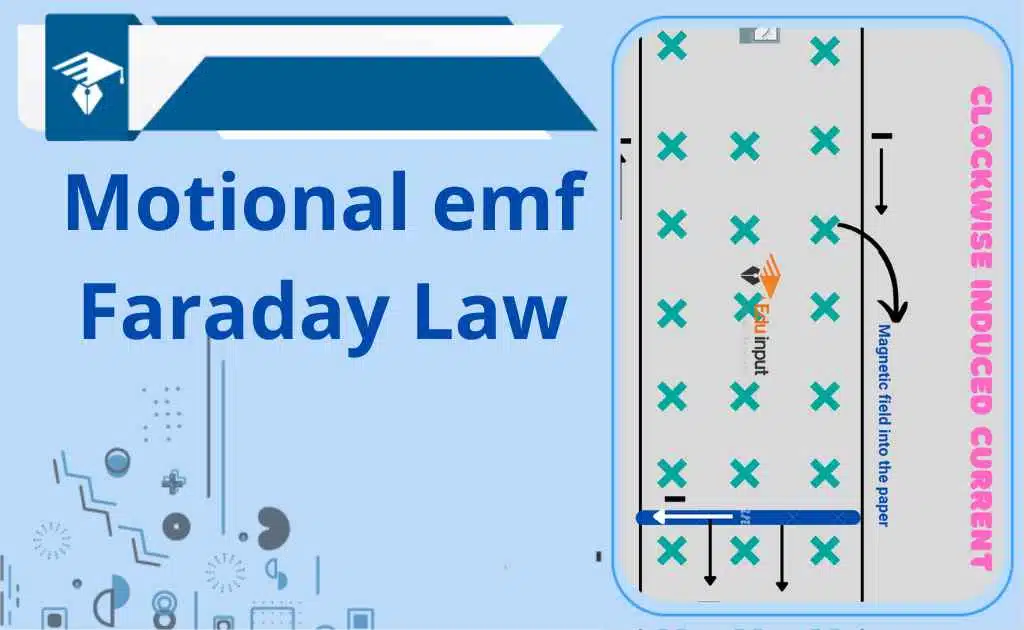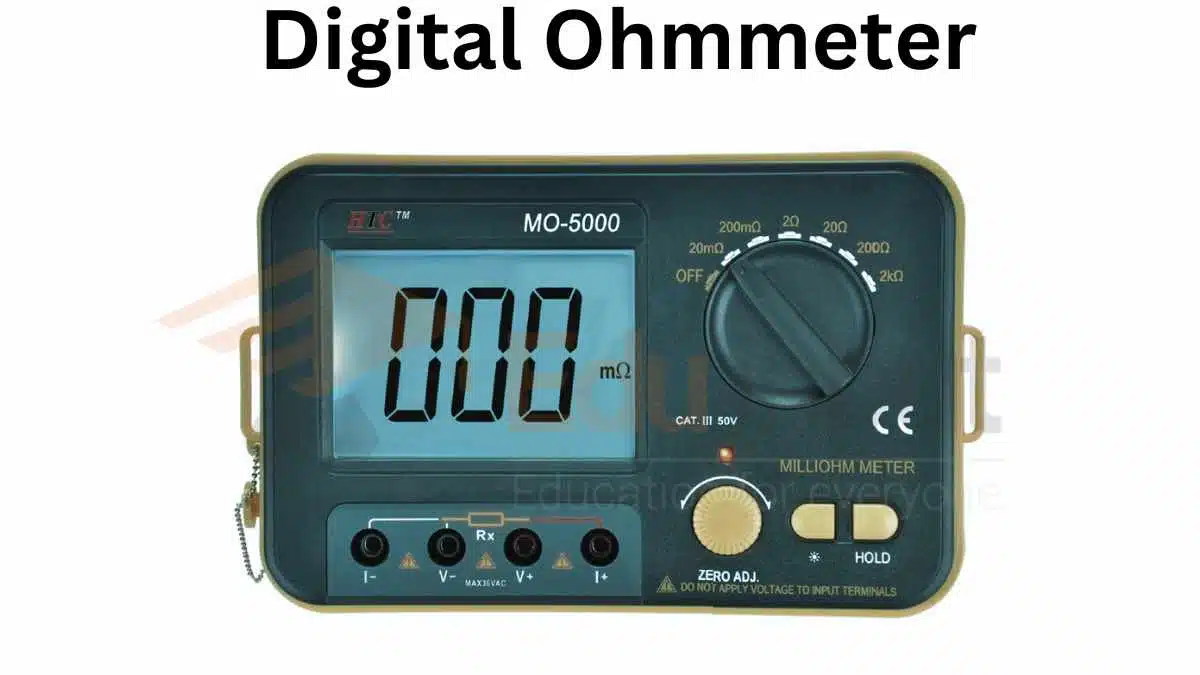What is a Stepper Motor?-Definition, Working, Types, And Application
A stepper motor, also known as a stepping motor, is an electric motor that divides a full rotation into a number of equal steps. The motor’s position can be commanded to move and hold at one of these steps without any feedback from the open-loop controller, as long as the motor is correctly sized to the application with respect to speed and Torque.
What is a Stepper Motor?
A stepper motor is an electromechanical device that converts electrical power into mechanical power. A full rotation can be divided into an expansive number of steps by the motor. As long as the motor is carefully sized to the application, it can be controlled accurately without any feedback mechanism.
The stepped reluctance motors are the same as the switched reluctance motor. The theory of operation for magnets is used to make the motor shaft turn a precise distance when a pulse of electricity is present. There are eight poles in the stator and six poles in the rotors.
Stepper motor working principle
The working principle of the stepper motor is based on magnetism. The rotor is made with a permanent magnet whereas the stator is made with electromagnets. The magnetic field will be developed once the supply is provided to the winding of the stator. The rotating magnetic field of the stator will cause the motor’s rotors to start moving.
Types of Stepper Motor
Three main types of stepper motors are available.
- Permanent magnet stepper
- Hybrid synchronous stepper
- Variable reluctance stepper
Permanent Magnet Stepper Motor
The attraction or repulsion between the PM and the stator electromagnets can be used to operate a permanent magnet motor. This is the most common type of motor as compared with other types in the market. There are permanent magnets in the construction of this motor. Tin-can/can-stack motor is the type of motor that this is. Less manufacturing cost is the main benefit of this motor.
Variable Reluctance Stepper Motor
The principle that minimum reluctance occurs with a minimum gap is the basis for variable reluctance (VR) motor operations. The basic type of motor that has been used for many years is the stepper motor like variable reluctance. The name suggests that the rotor’s position is dependent on the magnetic circuit’s reluctance which can be found among the teeth of the stator as well as a rotor.
Hybrid Synchronous
The hybrid stepper motor is named because it uses a combination of permanent magnet and variable reluctance techniques to achieve maximum power in small package sizes. The hybrid stepper motor is the most popular type of motor because it gives a good performance in terms of speed, step resolution, and holding Torque, as compared to the permanent magnet motor. The price of this type of motor is higher than that of a permanent magnet motor. The features of both the permanent magnet and variable reluctance stepper motors are combined in this motor.
Advantages
These are some advantages of Stepper Motor
- Low cost for control achieved
- Low maintenance (high reliability)
- Less likely to stall or slip
- Will work in any environment
- High torque at startup and low speeds
- Ruggedness
- Simplicity of construction
- Can operate in an open loop control system
- Can be used in robotics on a wide scale
- High reliability







Leave a Reply